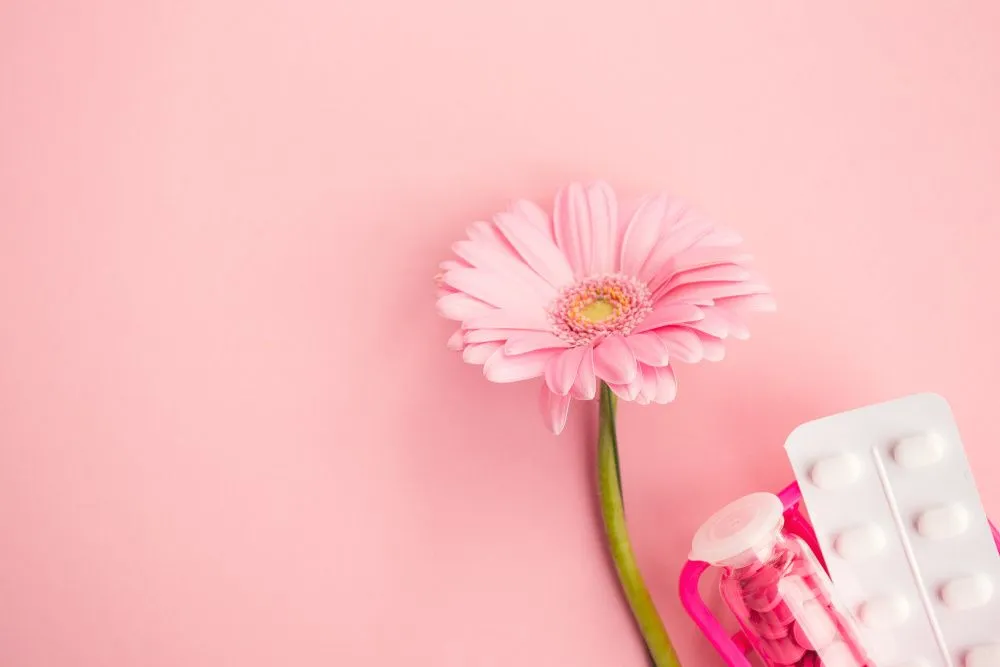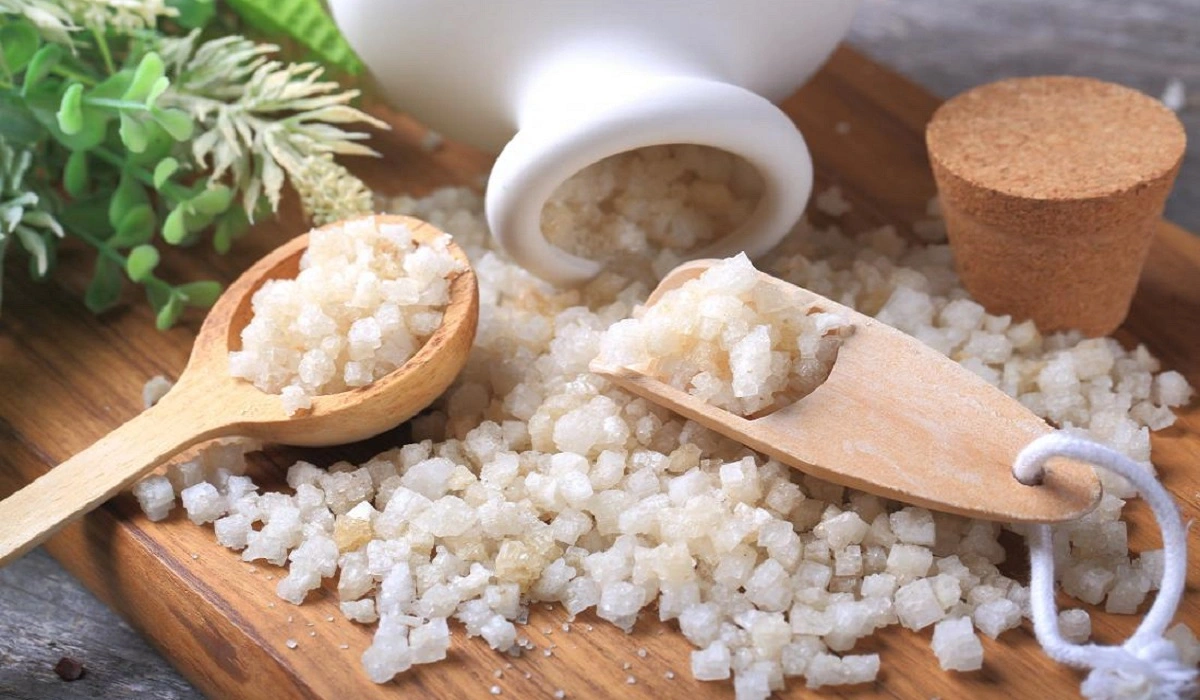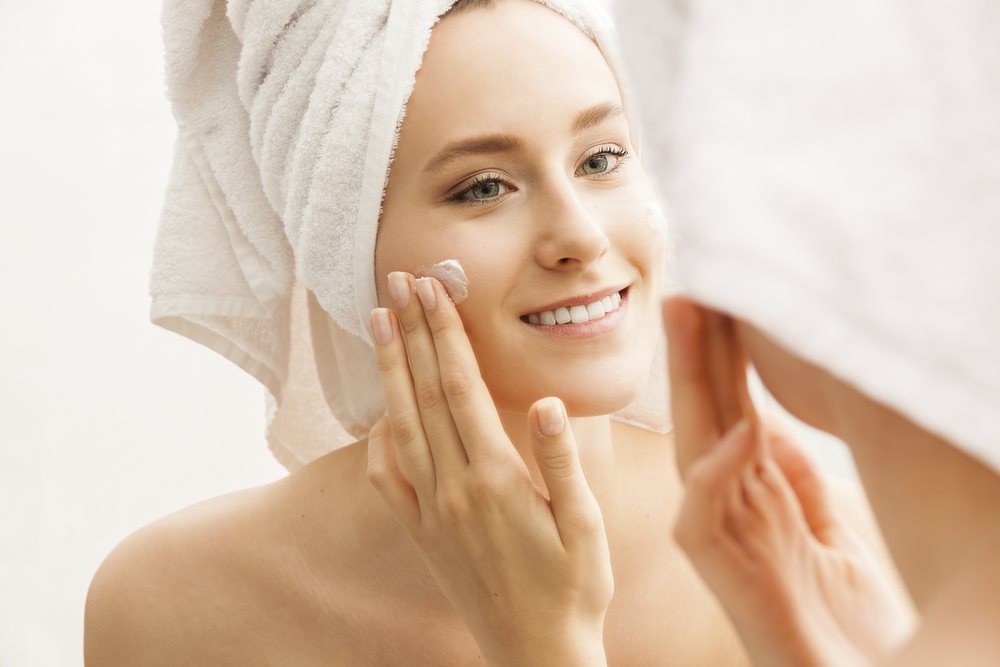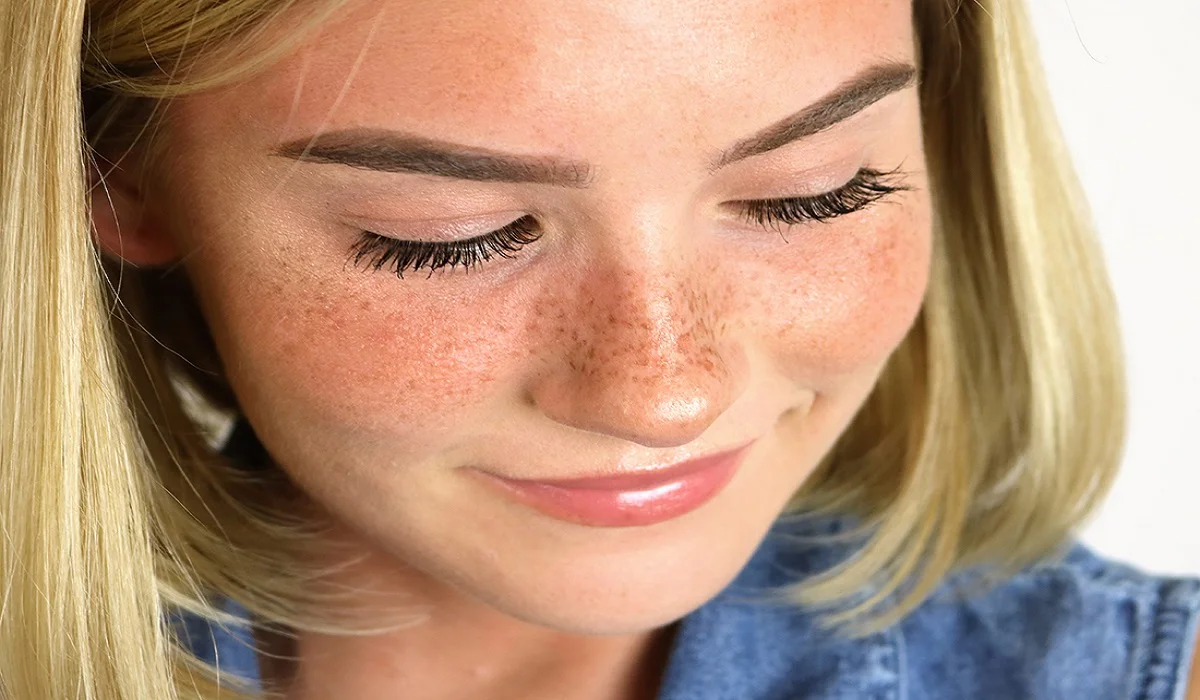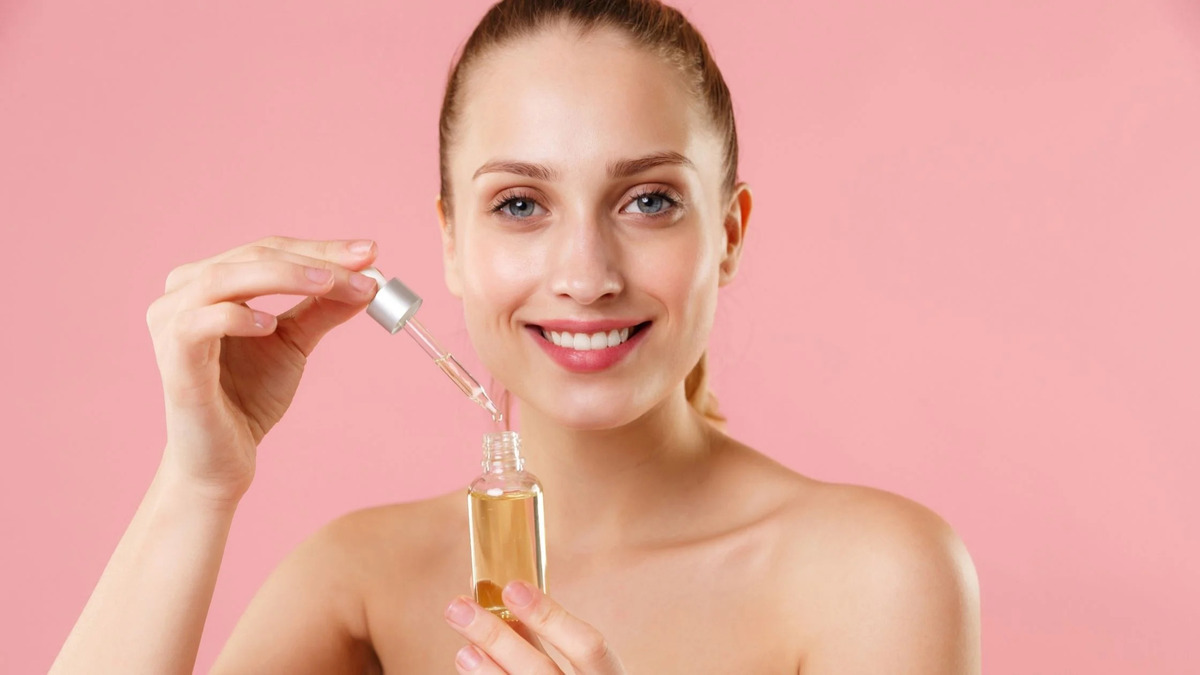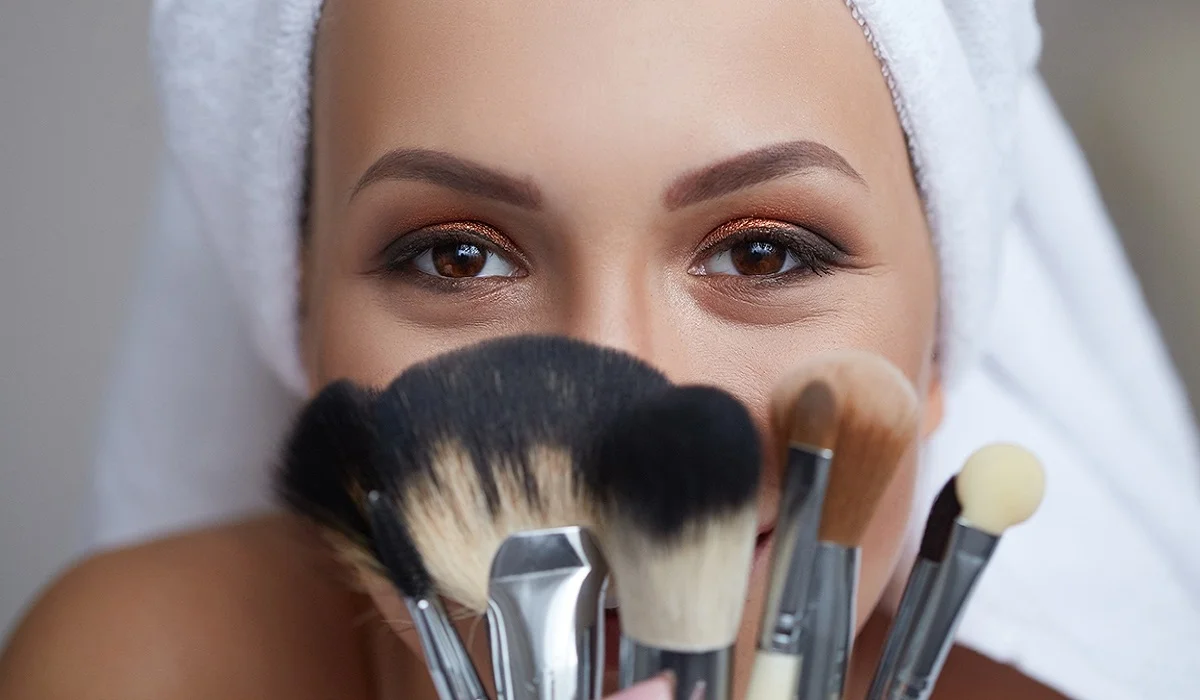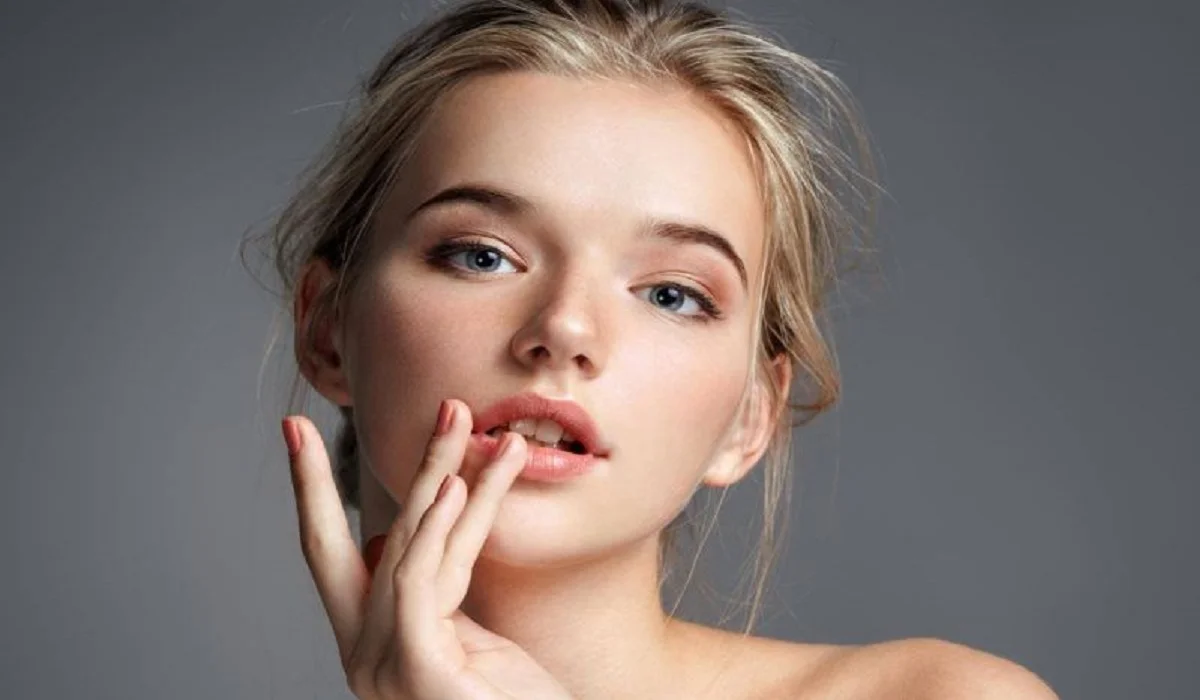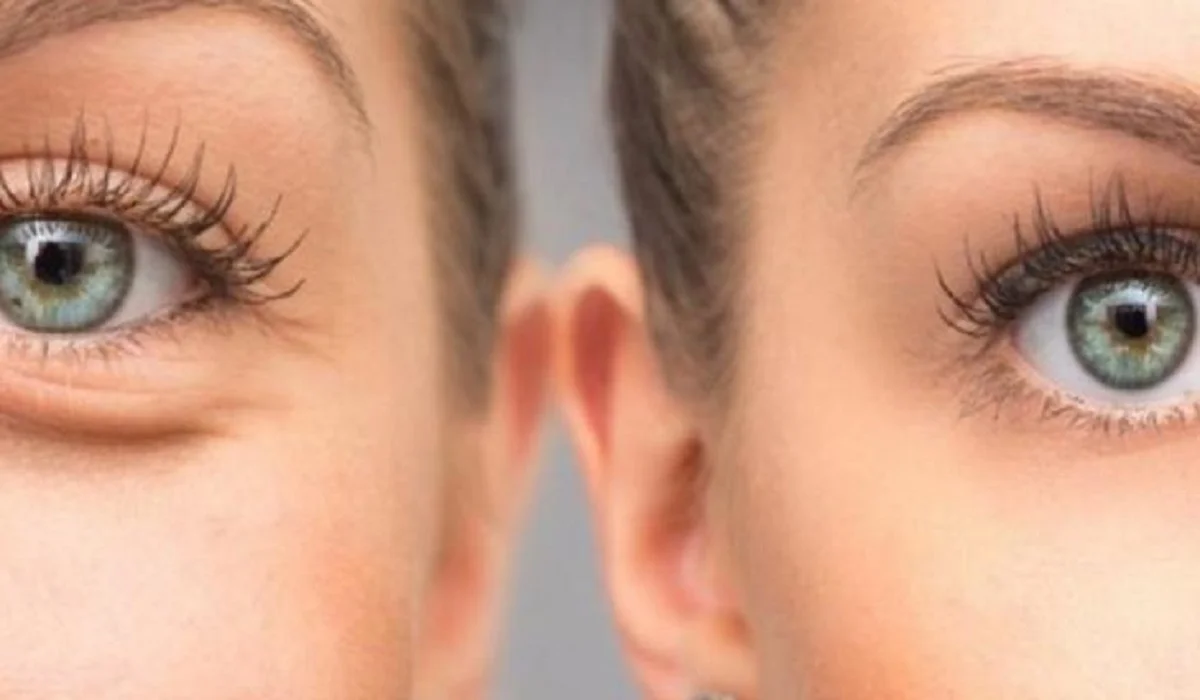
The concept of beauty has intrigued humanity for centuries, and throughout history, various methods and products have been employed in pursuit of it. But what if one of the most effective and natural beauty treatments has been right under our noses all along? Sleep, often underrated in the quest for beauty, plays a profound role in our overall appearance and well-being. In this in-depth exploration, we will delve into the fascinating science of how sleep impacts our beauty, including its effects on our skin, hair, eyes, and overall vitality. We will also uncover practical tips for optimizing your beauty sleep and debunk common misconceptions about this essential nightly ritual.
The Beauty Sleep Connection: How Sleep Affects Your Appearance
Your nightly slumber isn’t just about rest; it’s a crucial time when your body undergoes a myriad of processes that directly influence your physical appearance. Let’s explore how sleep affects different aspects of your beauty:
1. Skin Rejuvenation: During deep sleep stages, your body releases growth hormones, which stimulate cell repair and renewal. This process is vital for maintaining youthful and healthy-looking skin. Adequate sleep helps reduce the appearance of wrinkles, fine lines, and skin dullness.
2. Circulation and Glowing Skin: Improved blood circulation during sleep ensures that your skin receives essential nutrients and oxygen. This results in a natural radiance and even skin tone. Conversely, sleep deprivation can lead to a pale, sallow complexion.
3. Hydration: While you sleep, your body’s hydration balance is restored, helping to keep your skin moisturized. Sleep-deprived individuals are more prone to dryness and flakiness.
4. Acne and Breakouts: Lack of sleep can trigger an increase in stress hormones, leading to breakouts and worsening of skin conditions like acne and eczema.
5. Under-Eye Circles: Insufficient sleep can cause blood vessels under the eyes to dilate, resulting in dark circles and puffiness.
Hair Health: Hair follicles receive nutrients and oxygen through blood circulation, which is optimized during sleep. A good night’s rest promotes hair growth and overall hair health.
Bright Eyes: Rested eyes appear brighter and less bloodshot compared to tired, sleep-deprived eyes.
Overall Vitality: Beauty isn’t just skin deep; it reflects your overall vitality. When you sleep well, you wake up feeling refreshed and rejuvenated, which translates to a more vibrant and attractive appearance.
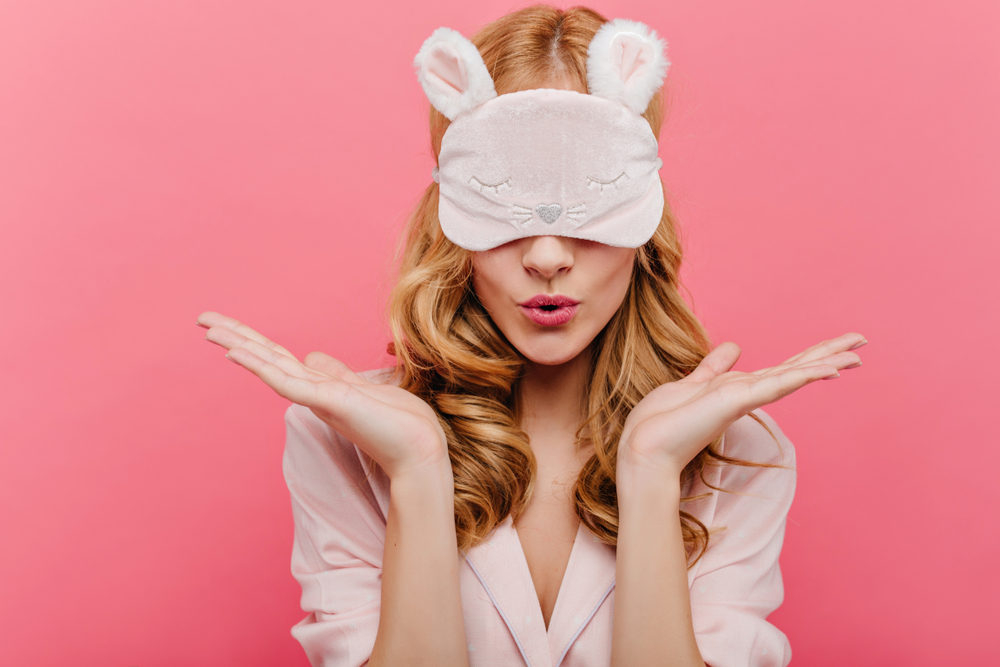
Optimizing Your Beauty Sleep: Tips for a Restorative Night
Now that we’ve established the connection between sleep and beauty, here are some tips for ensuring you get the most out of your beauty sleep:
1. Consistent Sleep Schedule: Aim for a regular sleep schedule by going to bed and waking up at the same times each day, even on weekends. Consistency helps regulate your body’s internal clock.
2. Create a Relaxing Bedtime Routine: Engage in calming activities before bedtime, such as reading, taking a warm bath, or practicing relaxation exercises. This helps signal to your body that it’s time to wind down.
3. Comfortable Sleep Environment: Ensure your sleep environment is conducive to rest. Invest in a comfortable mattress and pillows, maintain a cool room temperature, and block out excess light and noise.
4. Limit Screen Time: The blue light emitted by screens can interfere with your body’s production of melatonin, a hormone that regulates sleep. Avoid screens at least an hour before bedtime.
5. Watch Your Diet : Avoid heavy, spicy, or large meals close to bedtime, as they can disrupt sleep. Caffeine and alcohol should also be consumed in moderation, especially in the evening.
6. Manage Stress: Stress and anxiety can interfere with sleep. Practice stress-reduction techniques such as meditation, deep breathing, or yoga to help calm your mind before sleep.
7. Exercise Regularly: Engaging in regular physical activity can promote better sleep. However, avoid intense workouts close to bedtime, as they can have a stimulating effect.
8. Limit Naps: While short power naps can be refreshing, excessive daytime napping can interfere with nighttime sleep. Keep naps to 20-30 minutes if needed.
Debunking Beauty Sleep Myths
There are several misconceptions about beauty sleep that need to be debunked to appreciate its true significance:
1. Quantity Over Quality: It’s not just about the number of hours you sleep but the quality of those hours. Deep, restorative sleep is more valuable than simply spending a long time in bed.
2. Catching Up on Weekends: Trying to compensate for lost sleep during the week by oversleeping on weekends isn’t an effective strategy. Consistency is key for optimal sleep.
3. Sleep and Aging: It’s a myth that you need less sleep as you age. Older adults still require 7-9 hours of quality sleep for overall health and beauty.
4. Beauty Products Alone: Relying solely on beauty products to mask the effects of sleep deprivation is a temporary solution. True beauty comes from a well-rested and healthy body.
Sleep isn’t merely a period of rest; it’s a powerful tool for enhancing your natural beauty. Understanding the profound impact of sleep on your skin, hair, eyes, and overall vitality can motivate you to prioritize your sleep quality and habits. By optimizing your beauty sleep through a consistent routine and healthy practices, you can unlock the rejuvenating potential of a good night’s rest, ultimately enhancing your physical appearance and well-being. Beauty sleep is more than just a concept; it’s a science-backed pathway to a healthier, more radiant you.

